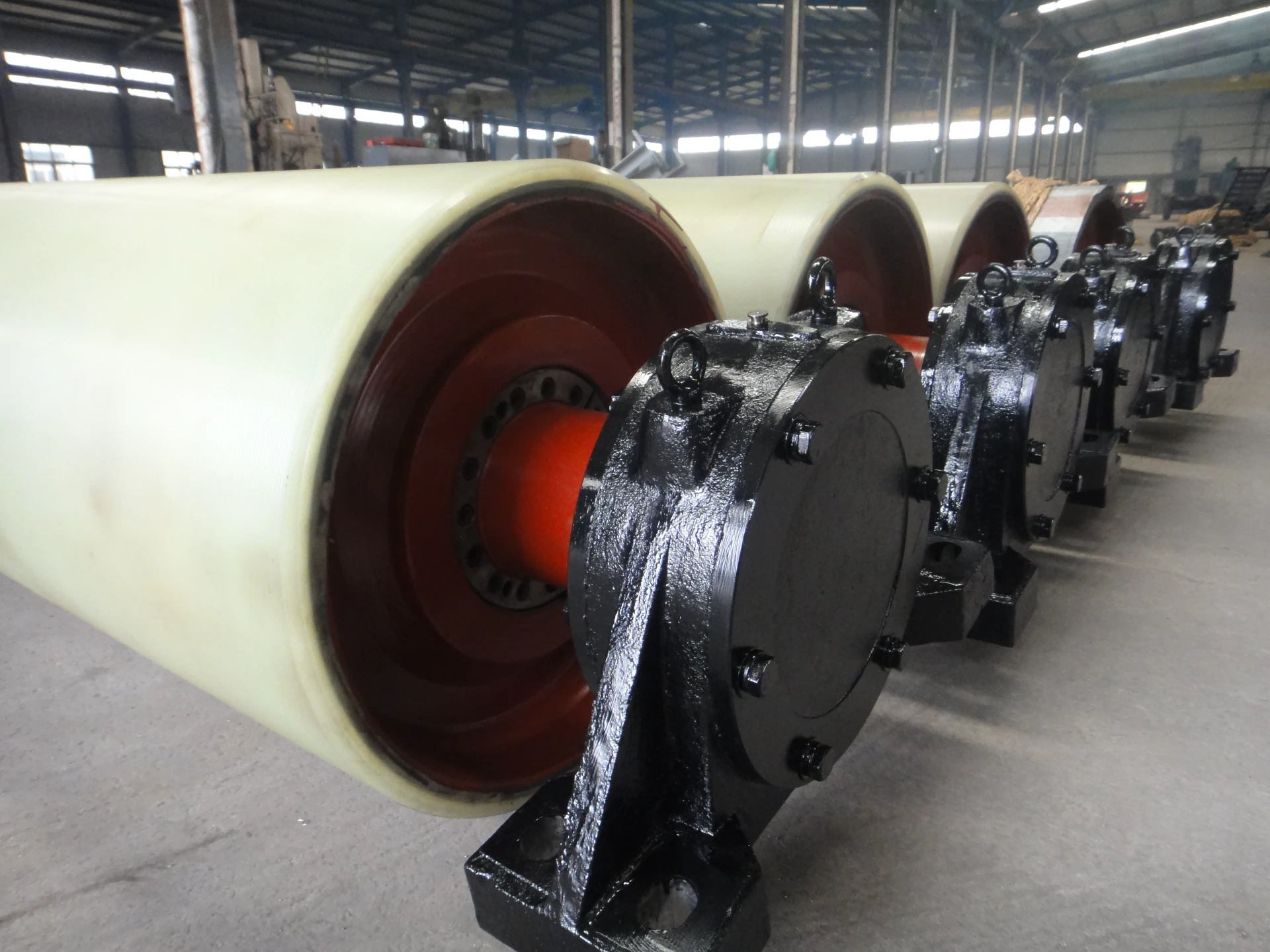 Afrikaans
Afrikaans  Albanian
Albanian  Amharic
Amharic  Arabic
Arabic  Armenian
Armenian  Azerbaijani
Azerbaijani  Basque
Basque  Belarusian
Belarusian  Bengali
Bengali  Bosnian
Bosnian  Bulgarian
Bulgarian  Catalan
Catalan  Cebuano
Cebuano  Corsican
Corsican  Croatian
Croatian  Czech
Czech  Danish
Danish  Dutch
Dutch  English
English  Esperanto
Esperanto  Estonian
Estonian  Finnish
Finnish  French
French  Frisian
Frisian  Galician
Galician  Georgian
Georgian  German
German  Greek
Greek  Gujarati
Gujarati  Haitian Creole
Haitian Creole  hausa
hausa  hawaiian
hawaiian  Hebrew
Hebrew  Hindi
Hindi  Miao
Miao  Hungarian
Hungarian  Icelandic
Icelandic  igbo
igbo  Indonesian
Indonesian  irish
irish  Italian
Italian  Japanese
Japanese  Javanese
Javanese  Kannada
Kannada  kazakh
kazakh  Khmer
Khmer  Rwandese
Rwandese  Korean
Korean  Kurdish
Kurdish  Kyrgyz
Kyrgyz  Lao
Lao  Latin
Latin  Latvian
Latvian  Lithuanian
Lithuanian  Luxembourgish
Luxembourgish  Macedonian
Macedonian  Malgashi
Malgashi  Malay
Malay  Malayalam
Malayalam  Maltese
Maltese  Maori
Maori  Marathi
Marathi  Mongolian
Mongolian  Myanmar
Myanmar  Nepali
Nepali  Norwegian
Norwegian  Norwegian
Norwegian  Occitan
Occitan  Pashto
Pashto  Persian
Persian  Polish
Polish  Portuguese
Portuguese  Punjabi
Punjabi  Romanian
Romanian  Russian
Russian  Samoan
Samoan  Scottish Gaelic
Scottish Gaelic  Serbian
Serbian  Sesotho
Sesotho  Shona
Shona  Sindhi
Sindhi  Sinhala
Sinhala  Slovak
Slovak  Slovenian
Slovenian  Somali
Somali  Spanish
Spanish  Sundanese
Sundanese  Swahili
Swahili  Swedish
Swedish  Tagalog
Tagalog  Tajik
Tajik  Tamil
Tamil  Tatar
Tatar  Telugu
Telugu  Thai
Thai  Turkish
Turkish  Turkmen
Turkmen  Ukrainian
Ukrainian  Urdu
Urdu  Uighur
Uighur  Uzbek
Uzbek  Vietnamese
Vietnamese  Welsh
Welsh  Bantu
Bantu  Yiddish
Yiddish  Yoruba
Yoruba  Zulu
Zulu Exploring the Benefits of Urethane Pulleys for Enhanced Performance and Durability
The Role of Urethane Pulleys in Modern Industrial Applications
In contemporary industrial settings, the significance of efficiency and durability cannot be overstated. One of the key components that contribute to these objectives is the urethane pulley. Urethane, or polyurethane, is a versatile polymer that has found widespread applications in various industries, primarily due to its exceptional physical properties. This article delves into the specifications, benefits, and applications of urethane pulleys in modern machinery and equipment.
What are Urethane Pulleys?
Urethane pulleys are specially designed components made from polyurethane materials rather than traditional metal or plastic. They feature a core structure typically composed of steel or aluminum, encased in a layer of urethane. This combination not only enhances their performance but also extends their lifespan. Urethane pulleys are commonly used in conveyor systems, manufacturing equipment, and various other mechanical applications where enhanced grip and durability are essential.
Benefits of Urethane Pulleys
1. Durability Urethane is known for its outstanding resistance to abrasion and wear. Compared to rubber or plastic pulleys, urethane pulleys last significantly longer under similar operational conditions. This robustness is particularly important in environments that involve heavy loads and continuous operations.
2. High Load Capacity Urethane pulleys can handle heavy loads thanks to their strong construction and materials. This makes them ideal for industrial applications where equipment is regularly subjected to high stress and strain.
3. Reduced Noise Levels The sound-dampening properties of urethane contribute to quieter operations. This is especially beneficial in environments where noise pollution must be minimized for worker comfort and adherence to regulations.
4. Chemical Resistance Urethane has excellent resistance to oils, solvents, and various chemicals, making urethane pulleys suitable for industries like food processing, pharmaceuticals, and chemical manufacturing where exposure to such substances is common.
5. Improved Grip and Traction The surface of urethane pulleys provides superior traction compared to traditional materials. This is crucial in conveyor systems, as it ensures that products move smoothly without slipping or sliding.
urethane pulley

6. Customization Urethane pulleys can be manufactured in various sizes, shapes, and configurations, making them adaptable to specific applications. This customization can help businesses optimize their operations according to unique requirements.
Applications of Urethane Pulleys
Urethane pulleys are utilized across various sectors, showcasing their versatility.
- Manufacturing and Assembly Lines In manufacturing, urethane pulleys drive conveyor belts, ensuring smooth transport of products through different stages of production. Their durability and resistance to wear make them ideal for heavy-duty applications.
- Food Processing Due to their chemical resistance and durability, urethane pulleys are often used in food processing plants. They can withstand frequent cleaning processes and exposure to various food items without degrading.
- Textile Industry Urethane pulleys play a crucial role in the textile industry, where they assist in the movement of fabrics and materials during production. Their ability to maintain grip without causing damage to delicate materials sets them apart.
- Automotive Manufacturing In automotive plants, urethane pulleys are used in assembly lines and machinery that require reliable performance under high-load conditions, contributing to the efficiency of production.
- Material Handling Equipment Forklifts, pallet jacks, and other material handling equipment often utilize urethane pulleys to improve efficiency when lifting and transporting goods.
Conclusion
Urethane pulleys have become indispensable components across various industries due to their enhanced durability, load-bearing capabilities, and resistance to environmental factors. As technology evolves, the demand for efficient and reliable machinery will continue to grow, solidifying the role of urethane pulleys in modern industrial applications. Industries that prioritize performance, safety, and longevity will undoubtedly benefit from incorporating urethane pulleys into their operations. With ongoing advancements in materials science, we can expect further innovations that will maximize the benefits these pulleys offer, leading to more efficient and sustainable industrial practices.
-
Revolutionizing Conveyor Reliability with Advanced Rubber Lagging PulleysNewsJul.22,2025
-
Powering Precision and Durability with Expert Manufacturers of Conveyor ComponentsNewsJul.22,2025
-
Optimizing Conveyor Systems with Advanced Conveyor AccessoriesNewsJul.22,2025
-
Maximize Conveyor Efficiency with Quality Conveyor Idler PulleysNewsJul.22,2025
-
Future-Proof Your Conveyor System with High-Performance Polyurethane RollerNewsJul.22,2025
-
Driving Efficiency Forward with Quality Idlers and RollersNewsJul.22,2025





























